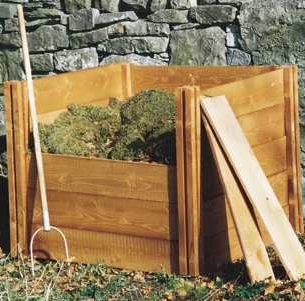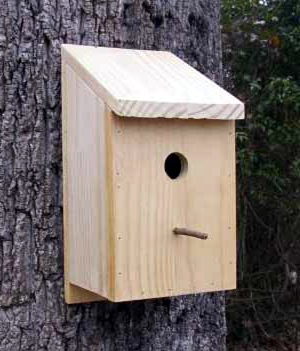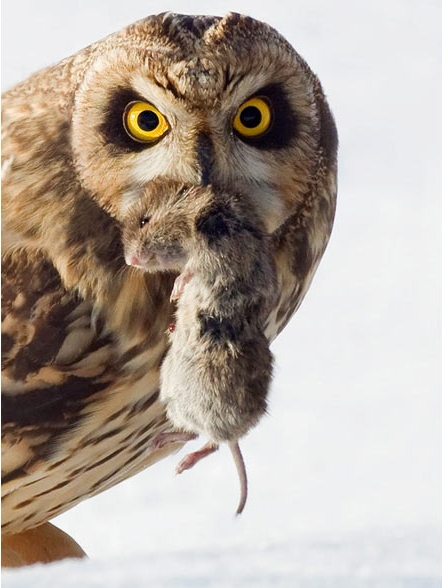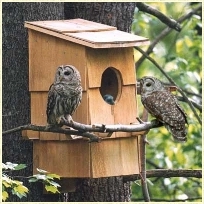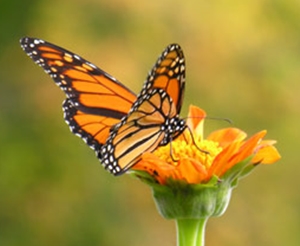Composting is the act of recycling organic matter into soil, utilizing a compost area in the garden allows you to not only recycle the waste of the garden but also elements from the house. Composting at home can be achieved with a number of different methods but is most commonly done by designating an area or pile to add matter too, or with the use of a drum/bin. The act of composting basically means to provide an aerobic environment for microbial life to digest the food provided, being aerobic the environment must also have air and water.
allows you to not only recycle the waste of the garden but also elements from the house. Composting at home can be achieved with a number of different methods but is most commonly done by designating an area or pile to add matter too, or with the use of a drum/bin. The act of composting basically means to provide an aerobic environment for microbial life to digest the food provided, being aerobic the environment must also have air and water.
Lawn clippings, trimmed/fallen branches, and leaves are common contributions added to the compost from the garden. Waste vegetables, eggs/shells, paper, pizza boxes, tissues, napkins, bread, grains, meat, seafood and pasta, Coffee grounds, Dairy products all of which would otherwise be thrown away and are thus free. Composting can reduce yard waste that needs to be hauled to the dump by anywhere from 50 to 75% and in turn returning composted soil back into the garden it will add to the garden fertility and stimulate healthy growth and complex root development. Compost loosens boggy clay soils and aids in the water retention of sandy soils, furthermore the increased microorganism balances levels of nitrogen, potassium, and phosphorus eliminating the need for soil amendments to be added.
Depending on where you live and the surrounding environment/climate will depend on what maintenance your compost will require, a good rule of thumb is to keep the compost moist and aerated.
